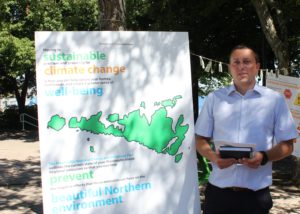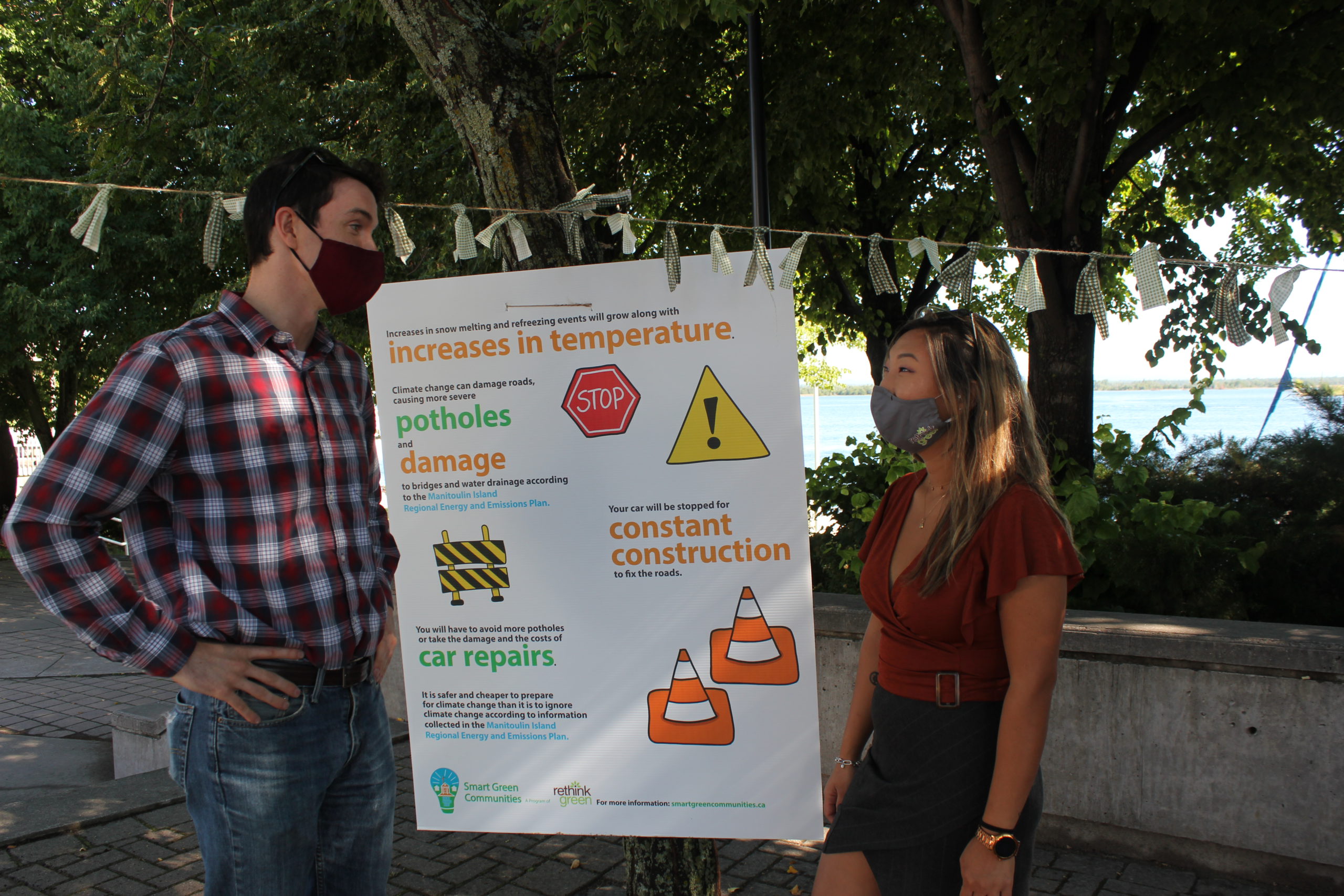The Smart Green Communities Program has launched a public consultation on two Regional Energy and Emissions Plans.
It is a program of reThink Green and works in consultation with communities on Manitoulin Island and the North Shore corridor.
Angela Jiang, Program Officer for Smart Green Communities says the two-year study will focus on the region’s collective greenhouse emissions and what that means for their future.
She says the primary goal of the plans is to assist these communities in meeting their energy and emission reduction goals by understanding how much they currently emit.
She adds this work paves the way for more collaboration between municipalities and communities to reduce their energy costs, decrease carbon emissions, and address the identified risks of climate change.
A program of rethink Green, the Smart Green Communities Program, is working in consultation with communities along the North Shore corridor and on Manitoulin Island to host a public consultation of two Regional Energy and Emissions Plans.
Director Simon Blakeley says with a predicted shift in average precipitation levels, we could see a combination of extreme rainfall events, leading to more frequent flash flooding; and also, harsher droughts due to prolonged periods of drier weather
He says Northern Ontario must prepare for the increase in damage, and associated costs, predicted from climate change.
Blakeley says the REEPs will consider how climate change could impact the unique circumstances of the region by utilizing the Climate Atlas’ regional climate data as part of its research.
The data forecasts the average precipitation for the North Shore Communities and Manitoulin Island will increase by approximately 5.5 centimeters between 2021 and 2050 – in a business-as-usual scenario.
“If we prepare in advance for climate change, we can better plan for road repairs, construction projects, and other expenses listed in municipal asset management plans.” Blakeley continues
“With each climate challenge comes an opportunity to develop more sustainably, at the same time as addressing identified energy and infrastructure needs”.
The data also forecasts that the region could see a substantial average summer temperature increase. The result would not just put a greater strain on power grids it would also create an environment more hospitable for insects like mosquitos and ticks to carry Lyme disease or West Nile Virus. While the increase only translates to an average rise of 2.3 degrees it will also force a longer summer and shorter winters.
“We hope to see more initiatives put in place to reduce the impact this data predicts,” adds Jiang. “Our hope is that the REEPs will bring groups to work collaboratively on producing robust Climate Action Plans, and other strategic planning documents to minimize the effects of climate change”.
Another component of the study has been to establish a Community of Practice including REEP specific project advisory groups for these communities with the capability to both strengthen existing energy planning processes and broaden the scope of renewable, clean and energy efficient solutions for the area.
The REEPs are also available at www.smartgreencommunities.ca along with a corresponding survey that will impact the mitigation strategies going forward.
The Regional Energy & Emissions Plans are funded by the Federation of Canadian Municipalities Transition 2050 and the Independent Electricity System Operators Education and Capacity Building Program.



